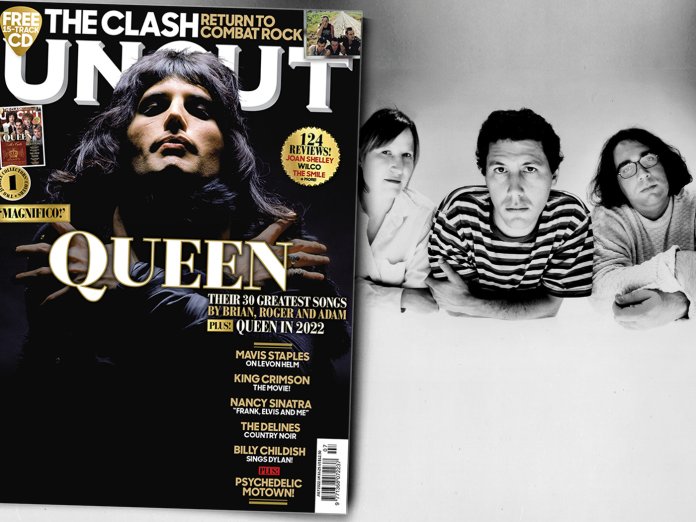“I think it was shown on MTV once, maybe twice,” says bassist James McNew, of the video for Yo La Tengo’s “Sugarcube”. “As far as I know, that’s it. That’s all.”
In the 25 years since, however, the promo has racked up millions of views on YouTube, no doubt helped by the presence of its stars David Cross and Bob Odenkirk, the latter now better known as lawyer Saul Goodman in Breaking Bad and Better Call Saul. He has, it turns out, been a Yo La Tengo fan since the early ’90s.
“We were all fans of Bob’s from The Larry Sanders Show,” explains Ira Kaplan. “Then Georgia and I were on vacation out in LA and we saw that Bob was doing stand-up at a bookstore, so we went out to see the show. Afterwards he was just browsing the record section, and it was kind of out of character for us to do this, but we introduced ourselves. It turned out he knew our band.”
There’s more to “Sugarcube” than its video, of course. Since the mid-’80s, the Hoboken-based group had been charting a unique path, mastering the acoustic hush of 1990’s Fakebook as adeptly as they did the brutal fuzz workouts of ’92’s May I Sing With Me. On their eclectic eighth album, 1997’s I Can Hear The Heart Beating As One – now celebrating its 25th anniversary with a digital and vinyl reissue – they perfected this sonic tightrope walk. “Sugarcube”, a highlight among its 16 tracks, is a propulsive, droning delight, Hubley’s drumming and McNew’s unusual organ bass driving Kaplan’s freeform guitar wrangling and their surprisingly gentle harmonies.
“It feels really natural to play “Sugarcube” or to play [quiet instrumental] “Green Arrow”,” says McNew. “Loud music is us and quiet music is us, atmospheric music is us and straight-ahead music is us. We were more comfortable with that idea than other people were, it seems.”
Recording took place in Nashville’s House Of David, a studio converted for Elvis Presley, with the sessions – somewhat typically for Yo La Tengo – efficient and exploratory at the same time. “We’d recorded before at Alex The Great in Nashville,” recalls Hubley, “which is a much more bohemian studio, with a lot of character. But House Of David was on a real street, with a lot of music industry stuff on that road, you know, publishing companies and other recording studios.”



